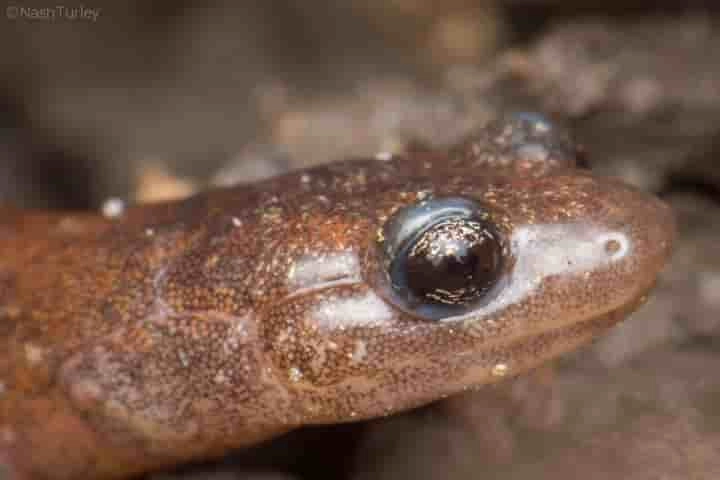Nature’s ways are intriguing and interesting and at times surprise the scientific community to no end. An example of this is some remarkable amphibians who, though lungless, do develop these vital organs for breathing in the beginning but then at a later stage undergo a change of heart and mind!
Describing these creatures, a report in sciencealert.com stated that these lungless beings are the plethodontid salamanders who have for more than 25 million years managed to breath with the help of the slimy skin and mouth tissues. For this they cover themselves with goo which allows them to ingest oxygen through their moist skin.
This remarkable family is the biggest group of salamanders and boasts of 478 species. They are predominantly found in the Americas while some also inhabit South Korea and Europe.
Considering that not much is known about how these amphibians lose their lungs, evolutionary biologist Zachary Lewis of Harvard University and his colleagues decided to study these cold-blooded water lovers.
In their paper, these scientists wrote: “We confirm that an incipient lung does form in embryos of several species. Its morphological features closely resemble those seen in the axolotl, Ambystoma mexicanum, a lunged salamander.”
It was found that in one species of these salamanders – P. cinereus – these embryonic lungs develop and branch out for around three weeks when something mysterious happens to bring the process to a halt. These early lung cells in the baby salamanders before they are to hatch, court apoptosis — a form of cell death.
Studying this phenomenon, the scientists thought that the reason why this dramatic development takes place is because these lung cells don’t receive the regulatory signals that are necessary for them to multiply and grow in numbers. In case of other vertebrates this command originates in mesenchyme — the tissues surrounding the developing lungs. The researchers now were ready to test this theory.
Sharing details about it, Lewis said: “We put mesenchyme from a salamander with lungs into a lungless salamander embryo and allowed it to develop. It resulted in the formation of structures that resemble lungs, offering some evidence that lungless salamanders remain capable of continuing to develop lungs.”
Though these creatures which breathe with the help of mucus have no lungs when they are adults, they still have the genes and the processes to develop this vital organ.
Yet there are some instructions or signals which are mandatory for the process of development to be complete that are missing.
Obviously, the question arises as to what is the need to have all the infrastructure and material for making the lungs when the organs haven’t been used for millions of years?
According to the scientists: “The lung rudiment, for example, may play important roles in the development of adjacent organs such as the heart.” They feel that some of the genes which are part of the initial lung formation are also used to make other organs. They gave the example of the gene known as Sonic hedgehog which comes handy to create both lungs and development of limb.
By investigating and analysing the vestigial structures or organ remnants like the lungs or snakes’ leg nubs, helps science to comprehend the twists and turns of the process that guides the developmental and evolutionary procedures involved while showing us how our organs work.
Unfortunately, as very few fossil records of salamanders are available, the scientists are not in a position to pinpoint exactly as to when these creatures lost their dedicated breathing organs. Yet, genetic timelines place this development between 25 to 110 million years ago. This timeline depends on if this loss took place in one ancestral species or if it happened gradually evolving multiple times within this salamander family.
Summing up the study, Lewis observed: “Clearly lungless salamanders do fine without lungs given that they make up about two-thirds of all salamander species. Perhaps losing lungs enabled, rather than hindered, this remarkable evolutionary success.”
Details of the research were published in Science Advances.




















